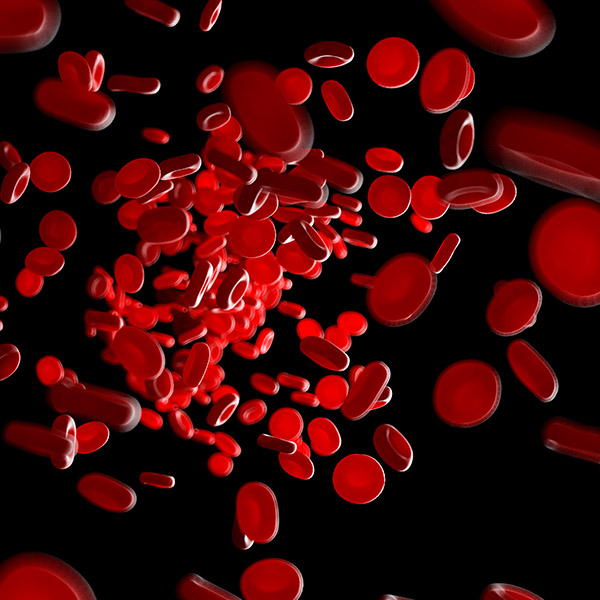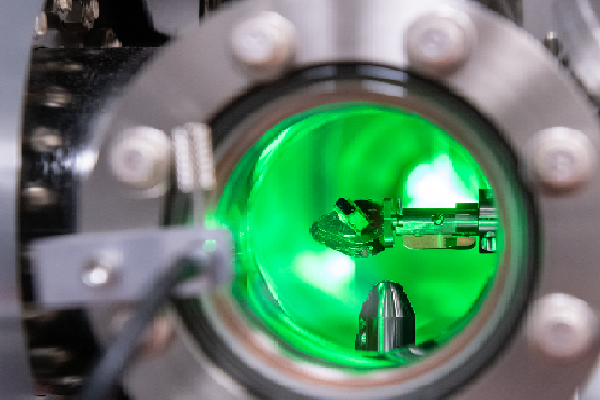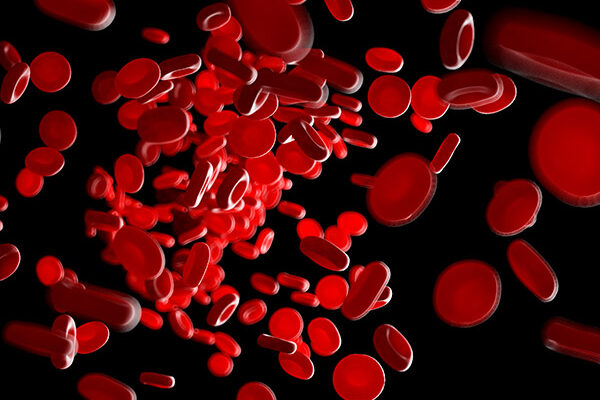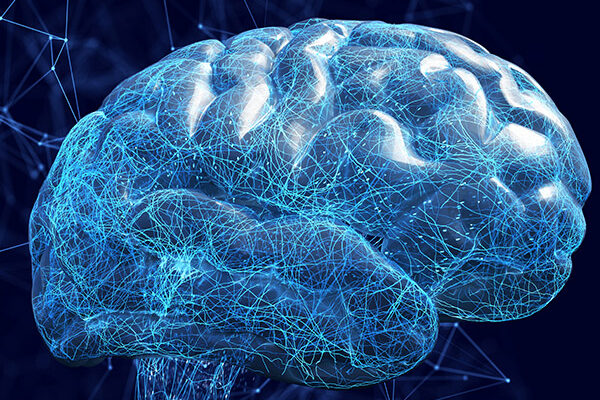A filter matrix for use in the removal of haemoglobin, haem and free iron from the blood to combat poor patient outcomes resulting from haemolysis.
Proposed use
This technology could be applied in a plurality of contexts where haemolysis has the potential to compromise patient health. This includes the preservation of donor blood and in extracorporeal blood circulation systems, such as cardiopulmonary bypass and dialysis equipment.
Problem addressed
When blood is removed from and processed outside of the body, blood cells can rupture in a process termed haemolysis that releases the cells’ contents, namely haemoglobin and its constituents – haem and free iron. All three of these substances can lead to increased inflammation, which can in turn increase the risk of infection, kidney dysfunction, pulmonary hypertension, and unwanted bleeding following surgical intervention. These substances can also compromise the integrity of donor blood, limiting long term storage and making it unfit for clinical use.
Approximately 2 million pints of blood are transfused in hospitals, upwards of 10,000 surgeries involving extracorporeal bypass equipment are performed, and approximately 30,000 people rely on dialysis therapy each year in the UK alone. The handling of blood is a key element of modern healthcare with providers the world over committing significant expenditure to the proper execution of this activity to maximise patient outcomes, hence this represents a significant market.
Technology overview
The present filter system is composed of a matrix embedded with human serum albumin, desferrioxamine and haptoglobin to selectively remove from whole blood the damaging products of haemolysis including haemoglobin, haem and free iron. The device is at the advanced prototype stage for use in extracorporeal blood circulation systems and has been used in and validated by preclinical animal trials.
Benefits
- Broad scope of use in the handling of blood and blood products
- Reduced post-operative risk of severe follow-on health conditions
- Improved care and outcomes for dialysis patients
- Improved storage potential for donor blood
- Composed of stable products for long-term storage
Developmental Stage
- Advanced prototype developed and validated in preclinical animal trials (TRL 5)
- Further validation by first-in-human trials planned
Intellectual Property Information
This technology is protected by a family of granted patents in the following national territories:
- United States – US20180015211A1
- European Patent Office – EP3226927A1
- This patent application has been validated in the following European states: United Kingdom, France, Germany, Spain and Italy






